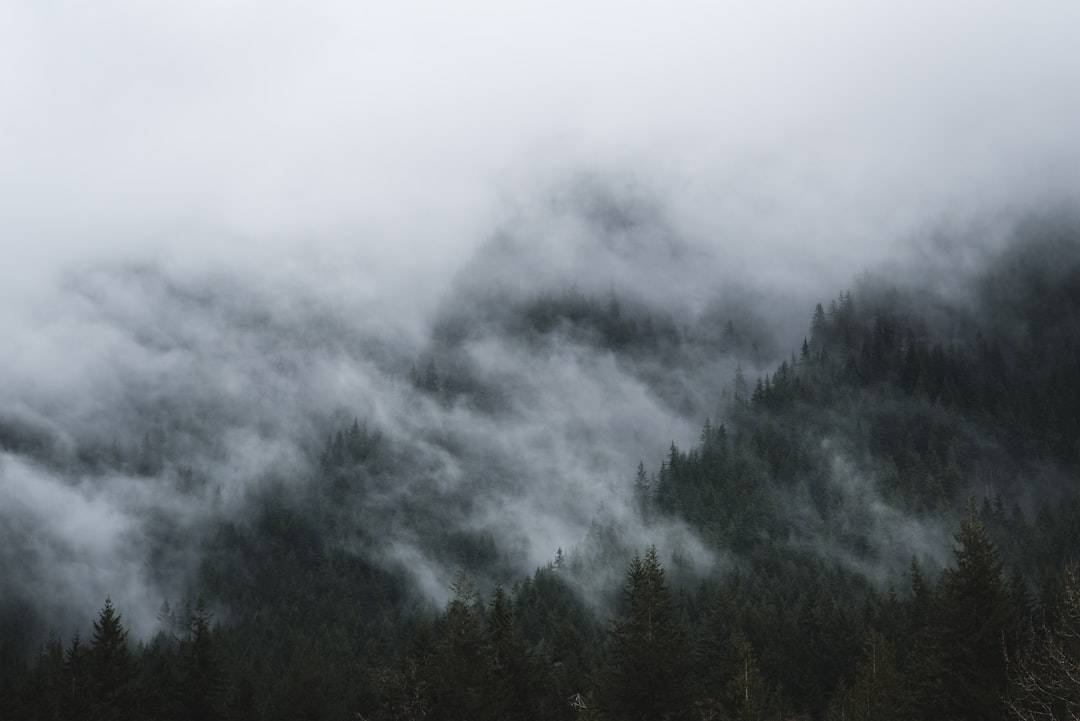Photographing wildlife can be an exhilarating and rewarding experience. It allows us to capture the beauty and intricacy of nature, and offers a peek into the fascinating lives of animals. However, wildlife photography is not without its challenges. To help you capture those perfect shots, here are some tips and techniques to keep in mind.
First and foremost, it’s important to have the right equipment. A high-quality camera with a telephoto lens is crucial for capturing wildlife from a distance. Look for a lens with a long focal length to get close-up shots without disturbing the animals. Additionally, consider investing in a tripod to eliminate camera shake and ensure sharp images, especially when using heavier lenses with longer focal lengths.
Lighting plays a significant role in wildlife photography. Natural light tends to be the most flattering, so try to shoot during the golden hours – shortly after sunrise and before sunset – when the light is soft and warm. This not only enhances the colors in your images but also adds a magical touch. Avoid midday shooting when the light is harsh and can cast unflattering shadows. If necessary, use a reflector to fill in shadows or a diffuser to soften direct sunlight.
Patience is a virtue in wildlife photography. Animals are unpredictable, so be prepared to wait for the perfect moment. Observe their behavior, anticipate their movements, and position yourself accordingly. Remember to respect their space and never disrupt their natural habitat. Being patient and adaptable will increase your chances of capturing unique and extraordinary shots.
Composition is another crucial aspect. Avoid placing the animal dead center in your frame. Instead, use the rule of thirds to create a visually appealing composition. Imagine your frame divided into nine equal parts, and position the subject either along these lines or at their intersections. This simple technique can add depth and interest to your photographs.
To capture the essence of wildlife, focus on the animal’s eyes. The eyes are the windows to their soul, and having sharp, clear eyes can make or break a photograph. Set your camera to continuous autofocus to track the animal’s movements and ensure sharp focus on the eyes. Additionally, try shooting at eye level or from a low angle to establish a connection between the viewer and the subject.
When photographing wildlife, it’s essential to be prepared for action. Animals don’t pose, so it’s necessary to freeze their movements. Use a high shutter speed to capture fast action and freeze motion. Sports mode or shutter priority mode can help achieve this. Experiment with different shutter speeds to find the optimal balance between freezing motion and capturing natural movement.
Lastly, don’t be discouraged by unsuccessful attempts. Wildlife photography is a continuous learning process. Take the time to review your images, learn from your mistakes, and experiment with different techniques. Be open to feedback and constructive criticism from fellow photographers or online communities specialized in wildlife photography. These collective experiences will undoubtedly help you improve your skills and capture those breathtaking, once-in-a-lifetime shots.
In conclusion, wildlife photography requires a combination of technical skills, patience, and a deep appreciation for the natural world. Investing in the right equipment, understanding lighting, and practicing composition techniques are essential. Remember to respect the animals and their habitats, and be prepared to adapt to their behavior. Ultimately, the key to capturing perfect wildlife shots is to enjoy the process and allow your passion for nature to guide you.













